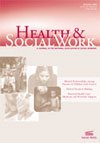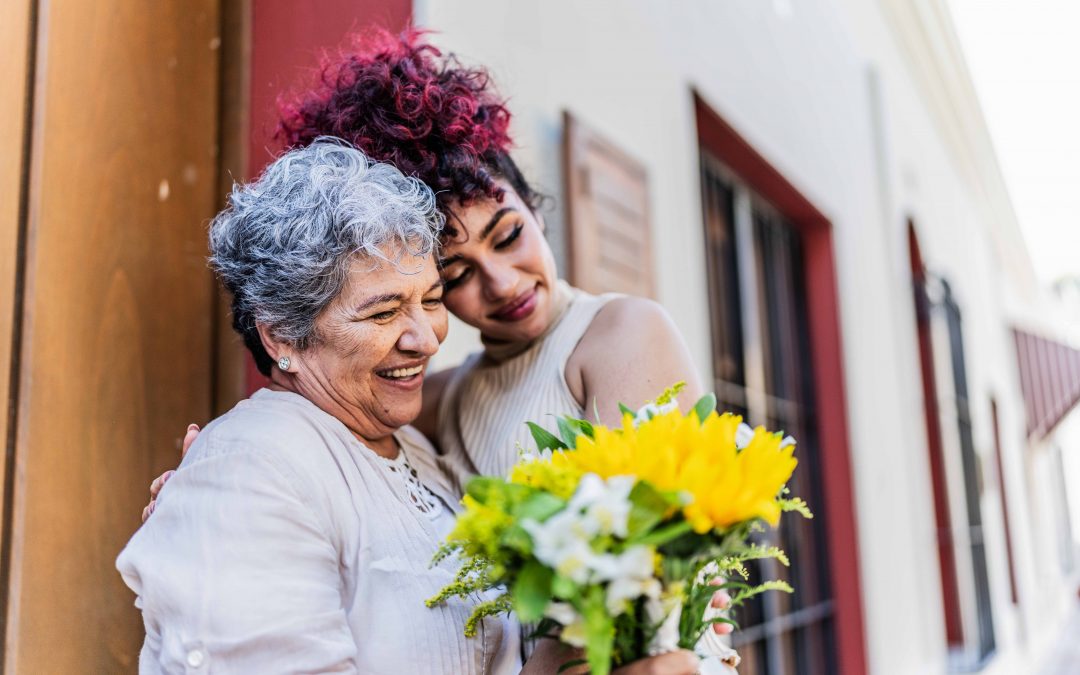An unprecedented growth in the aging population is expected over the next 40 years, and the minority popula tion of older adults is expected to increase significantly more than that of white older adults. Yet accessing home- and community-based care may be more difficult for minority older adults than for white older adults, resulting in fewer alternatives to nursing home care for minority older adults. Because of these demographic trends, the experience of minority older adults in nursing home care deserves study.
tion of older adults is expected to increase significantly more than that of white older adults. Yet accessing home- and community-based care may be more difficult for minority older adults than for white older adults, resulting in fewer alternatives to nursing home care for minority older adults. Because of these demographic trends, the experience of minority older adults in nursing home care deserves study.
In recent years a growing body of research has begun to shed light on disparities within the U.S. nursing home industry. There has been evidence of segregation, of poorer staffing ratios for homes with higher Medicaid recipients, of disparities in documenting end-of-life wishes, of disparities in the use of antipsychotic medications, etc., with black residents having poorer outcomes than white residents in each of these areas. In a recent issue of Health & Social Work, Kimberly M. Cassie, PhD, MSSW, and William Cassie, PhD, published a study of the use of physical restraints in nursing homes, with a view toward determining possible racial disparities in this practice as well.
While the use of physical restraints on nursing home patients has decreased in recent decades, the authors tried to determine if there was a significant difference in the percentage of white older adults submitted to restraints versus black older adults submitted to restraints. They drew their data from the 2004 National Nursing Home Survey. The authors found that the odds of black residents being restrained by any type of device were 1.406 times higher than the odds for white residents. The authors further broke down the data by restraint categories, such as bed rails, side rails, and trunk restraints, finding the odds continued to be greater for black older adults to be restrained.
The authors call on social workers to be aware of these disparities, and to advocate for policy changes to minimize disparities in nursing homes. In an ideal world, physical restraints would no longer be used, but until that happens, social workers can work to ensure that all people are treated equitably in our nursing homes.



